Shoot the Pictures
For this part we simply had to take picture of pictures we wanted to mosaic together. Here are some sample images
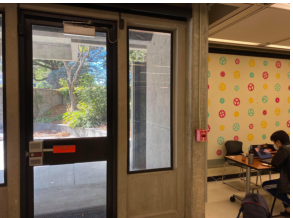
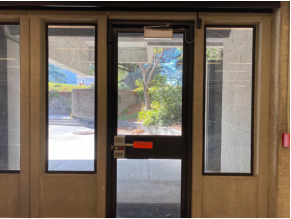
I am not too sure why these images are in such low quality state, from the Jupyter Notebook it looks fine. I am very sorry about this, due to the low quality the edges and blends could be very unobvious.
For this part we simply had to take picture of pictures we wanted to mosaic together. Here are some sample images


In order to recover the homographies, we had to first choose the correspondences needed for each image to reference, in specific we need at least 4 points per image. After that we can use least squares to figure out the homography. First, we set up the homography equation like the following.

We can further expand and write it in the form of:

Next, we apply the least squares to the equation. Like the following

To be noted, this would yield a result of [wx, wy, w]. So when we want to use the result we would have to
Next step is to apply the homography onto our images to create an adjusted image. An example is shown below.
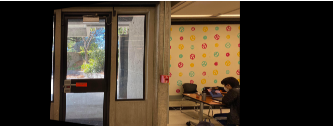
For this portion, we turned tilted images into straight ones!

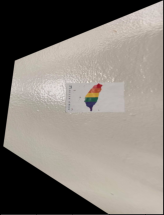

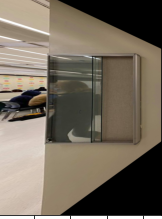
Finally, we can blend the images together! Yet, when we directly combine the images together, it will create a sharp edge, which is unideal. To counter this, we will implement a blending method. We create a mask in order to do this. A sample mask is shown below.

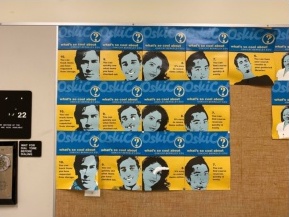

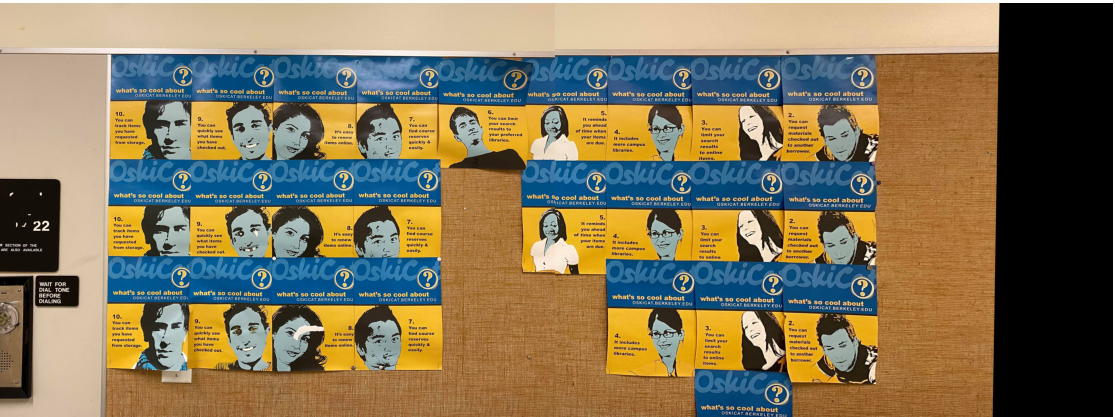
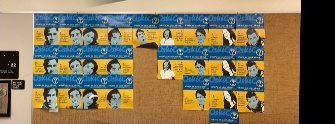
Finally we can show other results of the blend!


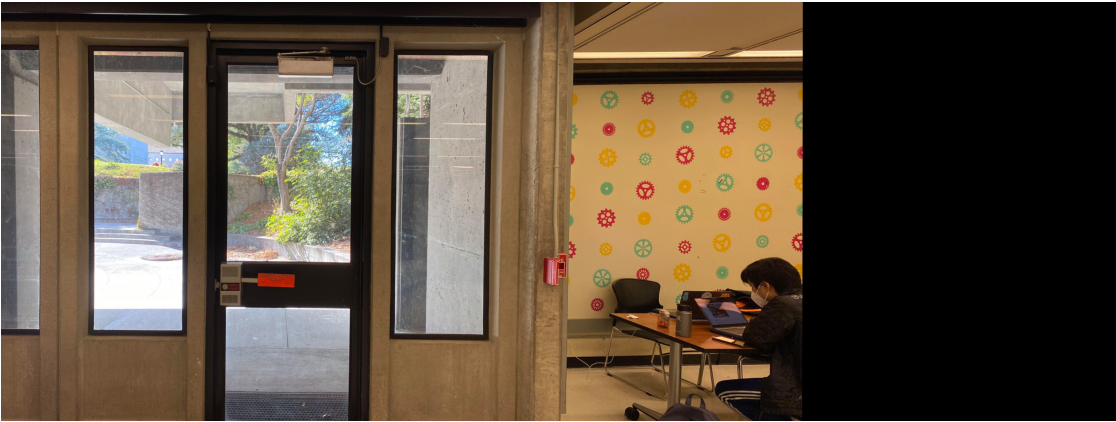
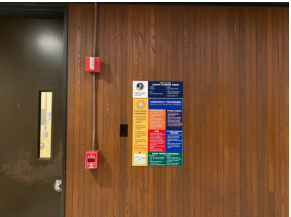

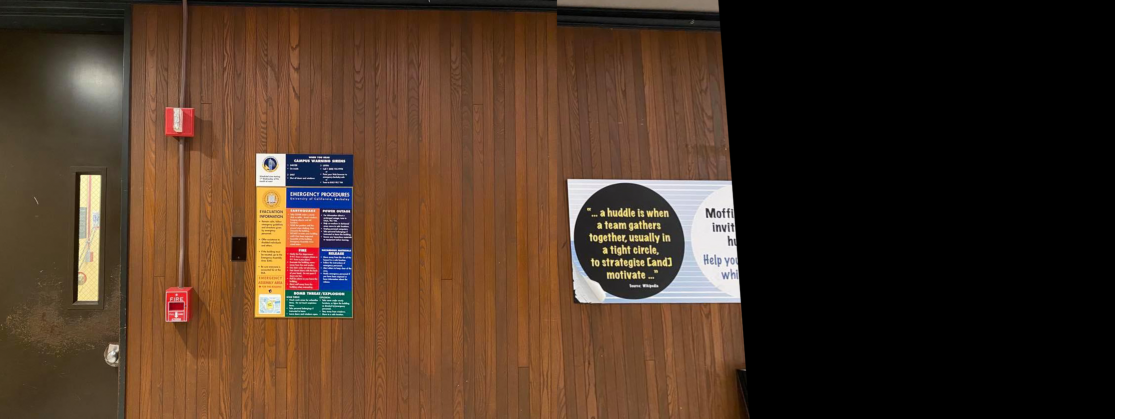
This project was fun but really frustrating, due to the timing. The project was due on the day on my midterm with another midterm next week. But the most important thing that I learned is how to apply homographies and calculate least squares.